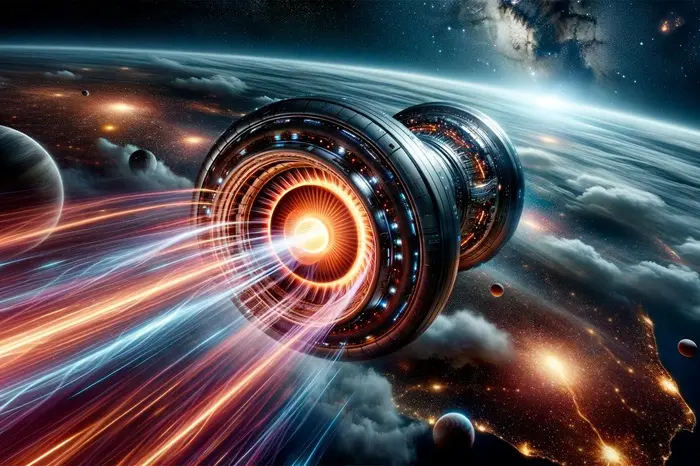In the realm of science fiction, wormholes are frequently depicted as shortcuts through space, allowing instantaneous travel between distant galaxies or planets. In the 2014 film Interstellar, humanity uses a wormhole near Saturn to explore new galaxies in mere minutes. Similarly, the series Stargate features a network of wormholes that enable instant travel between distant worlds, while Star Trek is replete with wormholes connecting various points across the Milky Way galaxy in seconds.
These fictional portrayals highlight wormholes as ideal mechanisms for traversing distances that would otherwise require hundreds or even thousands of years to cover, even at the speed of light. The concept of wormholes suggests a network of potential interstellar highways, awaiting our discovery and utilization. Scientists speculate that if we could access the higher dimensions where these wormholes might exist, interstellar travel could become a reality.
However, in the scientific world, wormholes remain a theoretical construct. Despite extensive research using telescopes, particle accelerators, and space satellites, no empirical evidence of a wormhole has been observed. Nonetheless, the mathematical models supporting the existence of wormholes are as robust as those for black holes. Historically, black holes were once regarded as mere theoretical curiosities, yet they are now supported by substantial astronomical evidence.
As researchers continue to explore these concepts, the dream of interstellar travel remains firmly rooted in theoretical physics, awaiting further breakthroughs that could one day bring these science fiction scenarios closer to reality.
Related Topics:
Which Tourist Spots In Chicago Are Free
How Many Days Are Enough To Visit New York
When Is the Cheapest Time to Visit New York City

